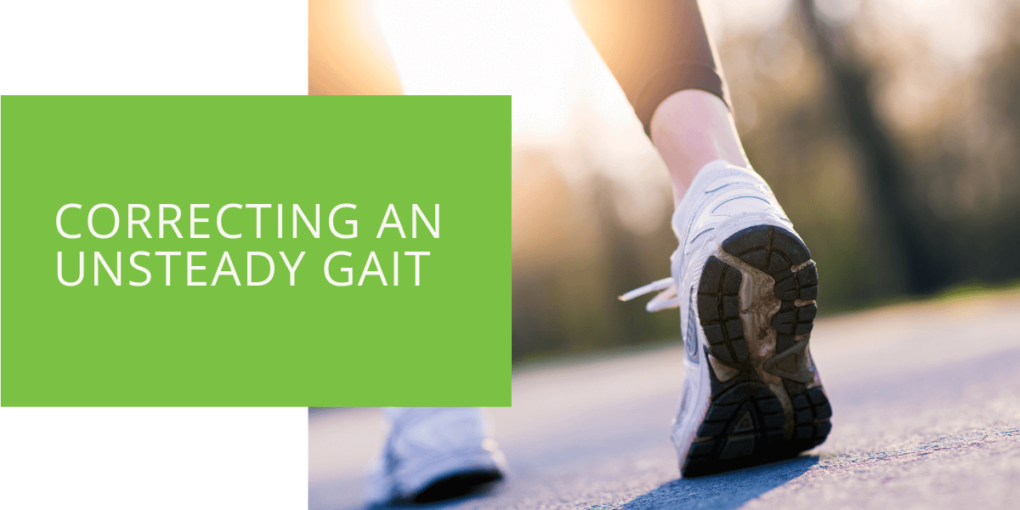Correcting an Unsteady Gait
An unsteady gait, or an abnormal walking pattern, is a common symptom that can significantly impact a person's mobility and quality of life. As a podiatrist, it is essential to address an unsteady gait as it can be an underlying cause of falls and injuries, especially in older adults. In this article, we will explore the causes of an unsteady gait, assessment strategies, treatment options, and prevention strategies to improve balance and mobility.
Causes of an Unsteady Gait
There are various reasons why a person may have an unsteady gait. Medical conditions that can cause an unsteady gait include arthritis, spinal disorders, and nerve disorders. Medications such as sedatives and certain blood pressure medications may also cause dizziness or lightheadedness, which can lead to an unsteady gait. Age-related changes such as muscle weakness, vision changes, and coordination problems can also contribute to an unsteady gait.
Assessment of an unsteady gait To determine the underlying cause of an unsteady gait, a physical examination and evaluation by a podiatrist may be necessary. Diagnostic tests such as blood tests, imaging, and nerve conduction studies may also be required to determine the underlying cause of the abnormality.

Treatment Options for an Unsteady Gait
There are several treatment options for an unsteady gait, depending on the underlying cause. One of the most important treatment strategies is to address any underlying medical conditions that may contribute to the gait abnormality. Footwear modifications such as wearing shoes with non-slip soles and low heels can also improve stability and balance. Custom orthotics can also provide additional support and improve gait.
Physical therapy can also be beneficial for improving balance and stability. Exercise programs can help strengthen muscles that support walking and improve coordination. Exercises may include balance training, strength training, and stretching. In some cases, assistive devices such as canes or walkers may be required to provide additional support.
Medications and supplements can also be used to improve balance and stability. Medications such as antidepressants and antipsychotics can improve balance, while supplements such as vitamin D and calcium can benefit bone health. However, it is important to discuss potential risks and side effects with a healthcare provider before starting any new medication or supplement.

Prevention Strategies
Preventing an unsteady gait involves maintaining a healthy lifestyle. Regular exercise and physical activity can help improve muscle strength and balance. Home safety modifications such as installing grab bars in the bathroom and removing tripping hazards can also reduce the risk of falls.
Conclusion
In conclusion, an unsteady gait is a common symptom that can significantly impact a person's mobility and quality of life. Podiatrists play a crucial role in assessing and treating an unsteady gait, and determining the underlying cause of the abnormality. Treatment options such as physical therapy, footwear modifications, and medications can be used to improve gait and reduce the risk of falls. Preventing an unsteady gait involves maintaining a healthy lifestyle and home safety modifications. If you or a loved one is experiencing an unsteady gait, seek evaluation and treatment from a podiatrist to improve your balance and mobility.
FAQ
How do you fix unsteady gait?
The treatment for an unsteady gait depends on the underlying cause of the abnormality. Footwear modifications, physical therapy, and medications can all be used to improve balance and stability. In some cases, assistive devices such as canes or walkers may also be necessary to provide additional support. A podiatrist can work with patients to develop a personalized treatment plan that addresses their specific needs and goals.
Can walking gait be corrected?
Yes, an unsteady walking gait can be corrected with the right treatment and management strategies. The key is to identify the underlying cause of the gait abnormality and develop a personalized treatment plan that addresses the specific needs of the patient. This may include physical therapy, footwear modifications, and medications, among other strategies.
How can I improve my gait and balance?
Several strategies can be used to improve gait and balance, including regular exercise, physical therapy, and home safety modifications. Exercise programs that focus on balance, strength training, and flexibility can be particularly helpful for improving gait and reducing the risk of falls. It is also important to maintain a healthy diet and address any underlying medical conditions that may be contributing to an unsteady gait. A podiatrist can provide guidance on the best strategies for improving gait and balance based on the individual needs and goals of the patient.

